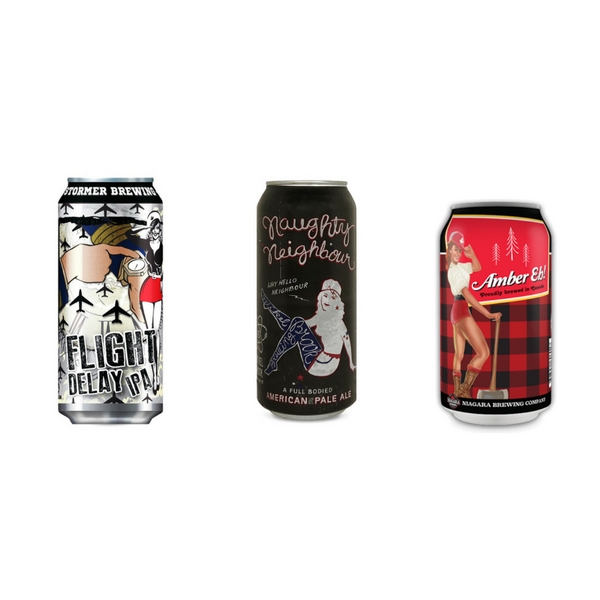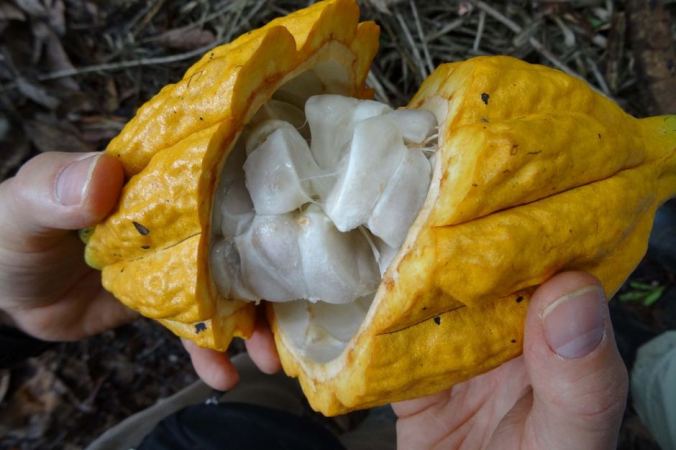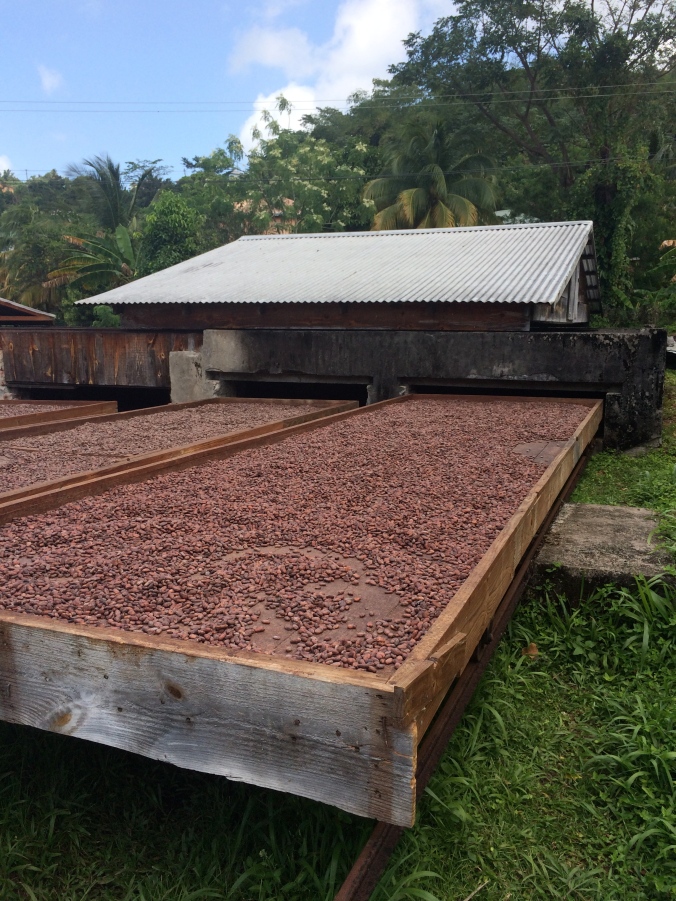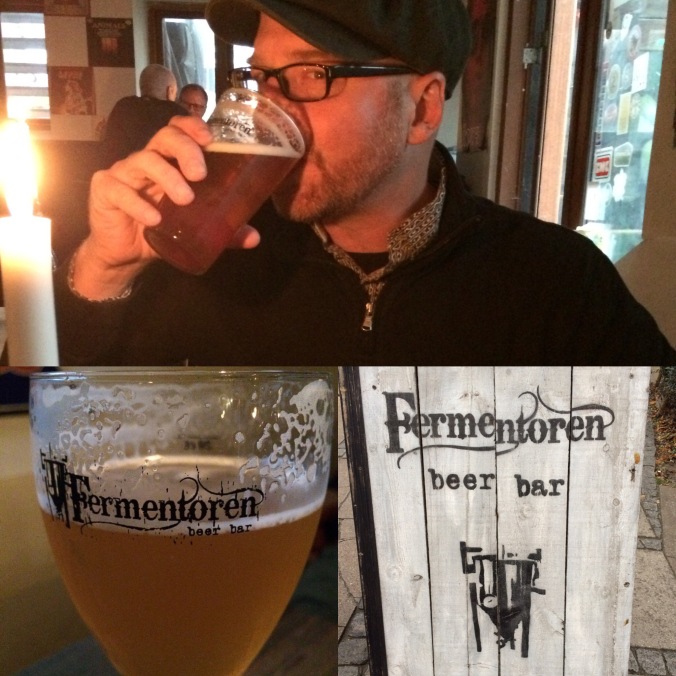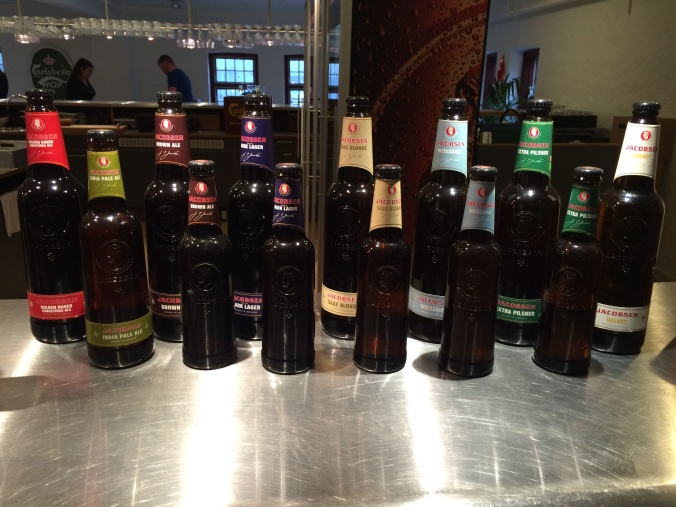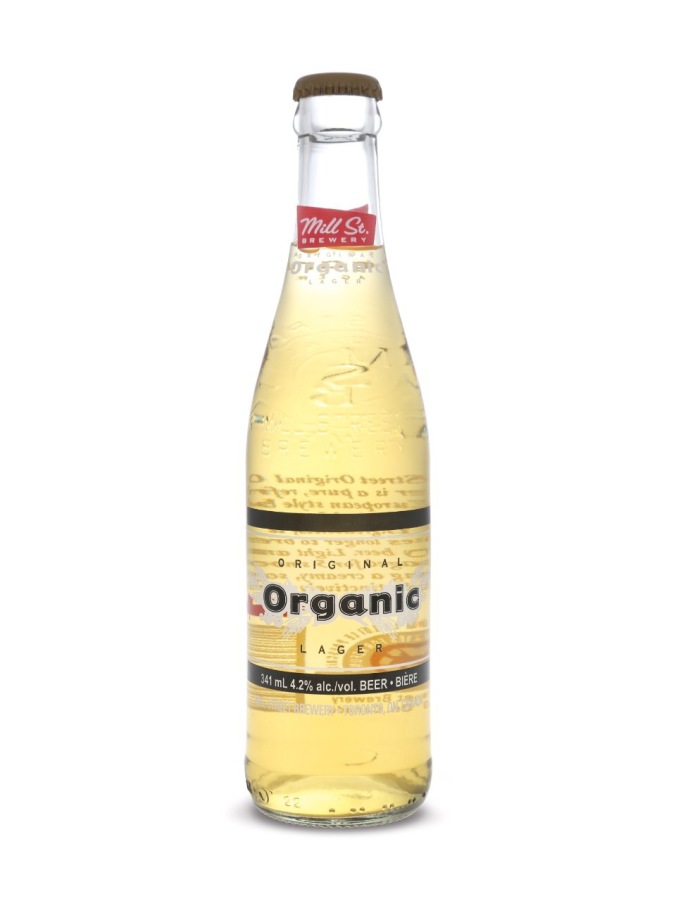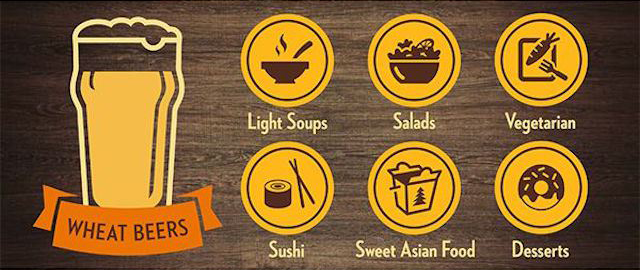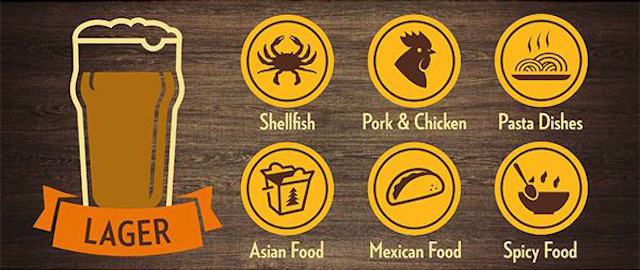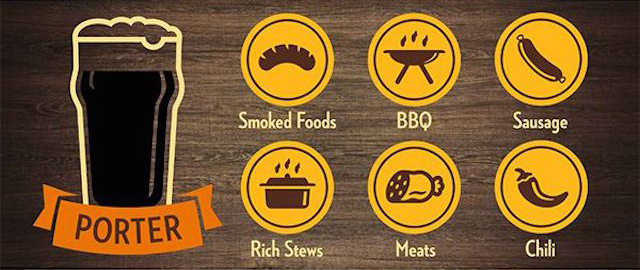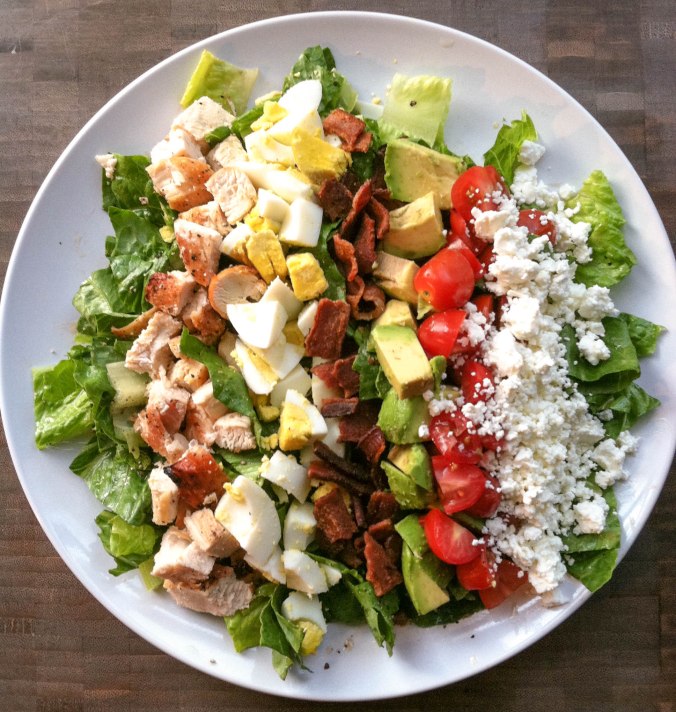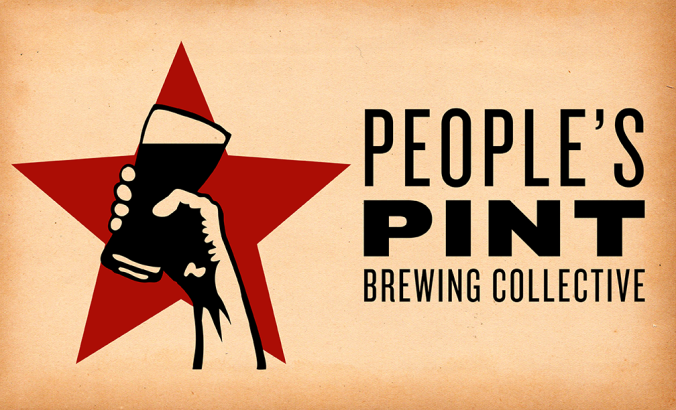
People’s Pint #SmallBatchBrews
Throughout the year there are numerous large festivals dedicated to craft beer in the province. Generally speaking large festivals have a pretty wide variety of beer available from a number of different breweries. But these festivals do have a downside; the number of people who attend. What I mean by that is when it’s not handled properly by the organizers, having too many people can mean longer lines for everything; to enter the event, to buy beer tickets/tokens, to get beer and food and very importantly to use the washroom.
On the other hand smaller festivals, while much more intimate, tend to lack a wide selection of beer. They often have the same stuff you can get pretty much anywhere and rarely are there any one-offs or unusual brews. The upside is that there is more time to talk to individual breweries about their beer and in some cases speak with one of the brewers who actually make the beer.
So how do you get great variety in a much smaller and less crowded setting?
Welcome to the People’s Pint Brewing Collective. It is a small festival with only 100 tickets available, but it features 20 different unique beers from 15 different brewers.

The first People’s Pint Event in May 2015 at the Gladstone Hotel
We bring together award winning amateur and professional brewers to each create small batches (19L) of a single one-off beer. This leads to an amazing amount of choice, but doesn’t overwhelm you with too many possibilities. Patrons attending this Small Batch Festival are able to speak to the brewers directly and can conceivably try all the beer being offered. This brings together the best of both worlds.
Originally this concept started with homebrewers creating the beer in their kitchens, basements or garages around the city. But legally the only way to serve that beer was to belong to a private club and the events were only open to club members. Trying to promote this sort of event blurred the lines of legality and so we decided to explore another avenue. The best option in this case was to get the beer legally brewed at a bricks and mortar brewery.
We approached several breweries in the city and asked if they’d be willing to host outside brewers under their roof and allow them to brew beer under their license. Happily every single brewery we approached said yes and were very supportive of the entire concept:
Rainhard Brewing Co., Junction Craft Brewing, Muddy York Brewing Co., Indie Ale House Brewing Co., Great Lakes Brewery & the newly opened Folly Brewpub all graciously hosted our brewers. Many thanks to all of them for making this happen!
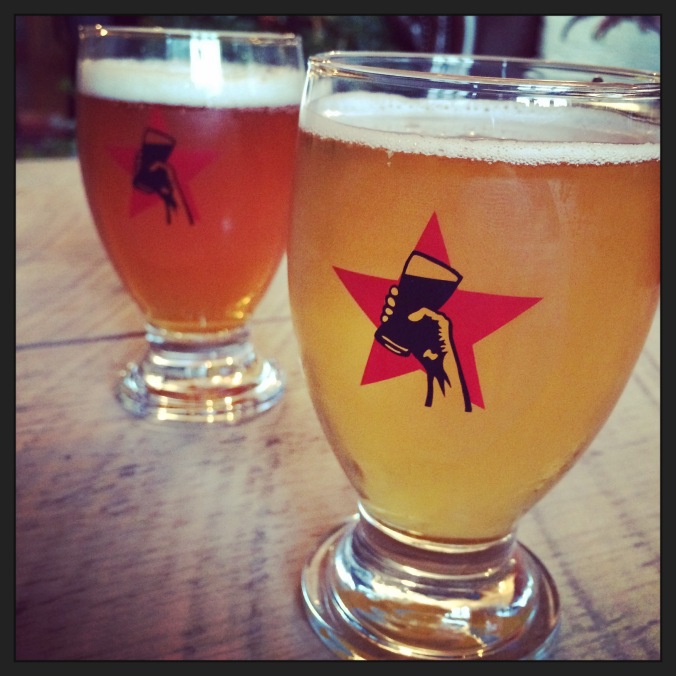
People’s Pint Custom Glassware
Our next event is coming up on Sunday November 15th and will be limited in size but with very unique beers like: “Cookie Monster” a chocolate stout, “Peater Drinklage” a smoked pale ale, “Redrum” a Belgian Dubbel flavoured with pecans and rum soaked raisins and “Saison’s Greetings” another Belgian style beer that tastes like Gingerbread. A complete list of what is available can be found at the People’s Pint Website.

The Lansdowne Brewery
Another very supportive brewer in the community has stepped forward to host our event, Jeremy Coghill, one of the owners of the Lansdowne Brewery. We are very thankful for this and are very happy to have our event with them. They are located at 303 Lansdowne Ave, and while not yet selling their own beer they are serving excellent food and top notch locally brewed beer from other amazing breweries.
If you are interested in attending our upcoming Small Batch Event, get your tickets before they sell out, only 100 tickets will be offered for sale. Ticket includes a custom printed tasting glass and all the samples you can drink. You can get them here.
But don’t wait too long they will sell out fast. Hope you will join us!
